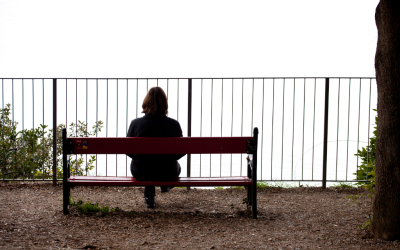Anxiety is part of the human experience and at times the word “anxiety” is watered down. People worry about a wide variety of things. Finances, job stability, relationships, child-rearing, health, and safety come to mind as common worries on a day-to-day basis. Not all worrying, however, qualifies as anxiety.
Anxiety disorders include disorders that share features of excessive fear and anxiety that negatively impact functioning. For kids, this might mean that anxiety makes it difficult to get to school each day, make and maintain friends, sleep at night, or focus in the classroom. For adults, work, romantic relationships, friendships, finances, and physical health can suffer. Anxiety manifests in many ways (physical, emotional, and behavioral), and there are several disorders that fall under “anxiety disorders.”

